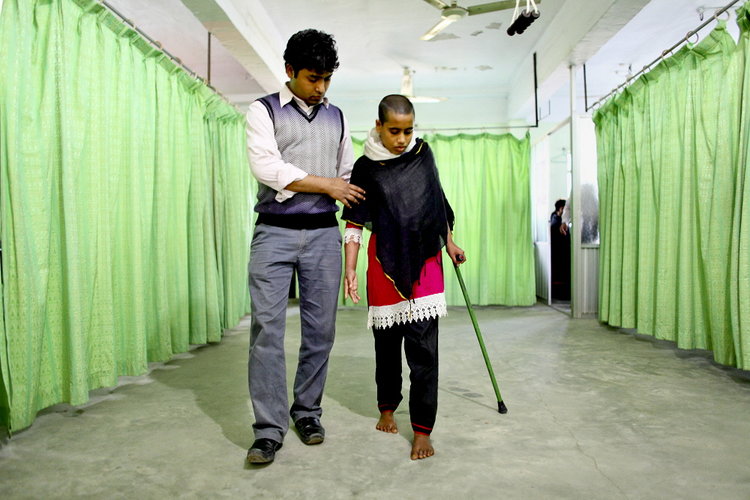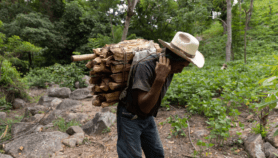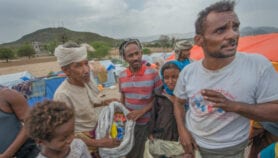By: Hannah Kuper
Send to a friend
The details you provide on this page will not be used to send unsolicited email, and will not be sold to a 3rd party. See privacy policy.
Last month, the largest-ever study on the health effects of human trafficking showed widespread physical, sexual and psychological torture of trafficking victims. [1] The researchers interviewed more than 1,000 people in post-trafficking health and other services in Cambodia, Thailand and Vietnam. They found that almost half had experienced violence, and one in three women and girls had suffered sexual violence. Another study published last month reported that seven out of ten children have experienced violence in schools across five Asian countries. [2]
This lends weight to what many suspect: violence is common in parts of the developing world. And the world’s one billion people with disabilities are particularly vulnerable.
This is certainly evident in studies conducted in rich countries. A review of these studies shows that disabled adults are 50 per cent more likely to experience violence than their able-bodied peers, and disabled children three times as likely. [3,4] The same studies found that people with mental illness were at nearly four times higher risk.
We have little hard data on the subject from low- and middle- income countries, but what we do have suggests that disabled people are especially vulnerable to violence there too. In one large study, Ugandan schoolchildren reported high levels of violence. [5] And disabled girls were particularly likely to be victims — an astonishing one in four reported experience of sexual violence. Most of the violence happened in schools. Another study across five African countries also highlighted the high levels of violence experienced by disabled children. [6] Here, relatives were among the key perpetrators.
There are various reasons why disabled people are vulnerable to violence. They can be seen as emotionally or physically defenceless. They often face stigma and discrimination. And they may have difficulties communicating. Researchers from my group have heard horrific stories of deaf girls being raped and being unable to cry out for help as they cannot speak.
Violence against disabled people has multiple causes and needs multiple responses. A review of interventions shows that evidence of their effectiveness is weak and so provides little guidance. [7] So we need more data — but what can be done now?
We can adapt programmes that we know prevent violence in the general population to disabled people. One candidate is positive parenting programmes, which teach about alternative non-violent parenting practices with the aim of reducing the use of harsh punishment, and have been shown to be effective. We can also improve disabled people’s access to child protection and other relevant services. Childline South Africa is trying to do this by working with staff in the criminal justice system to make it more accessible for deaf children. It also offers counselling for children who are deaf or mute and cannot call its helpline.
Hannah Kuper is codirector of the International Centre for Evidence in Disability at the London School of Hygiene & Tropical Medicine, United Kingdom. The centre is on Twitter as @ICED_LSHTM, and Kuper can be contacted on [email protected]
References
[1] Ligia Kiss and others Health of men, women, and children in post-trafficking services in Cambodia, Thailand, and Vietnam: an observational cross-sectional study (The Lancet Global Health, March 2015)
[2] Are schools safe and equal places for girls and boys in Asia? (Plan International and International Center for Research on Women, February 2015)
[3] Lisa Jones and others Prevalence and risk of violence against children with disabilities: a systematic review and meta-analysis of observational studies (The Lancet, September 2012)
[4] Karen Hughes and others Prevalence and risk of violence against adults with disabilities: a systematic review and meta-analysis of observational studies (The Lancet, April 2012)
[5] Karen Devries and others Violence against primary school children with disabilities in Uganda: a cross-sectional study (BMC Public Health, September 2014)
[6] Breaking the silence: violence against children with disabilities in Africa (The African Child Policy Forum, 2010)
[7] Christopher Mikton A systematic review of the effectiveness of interventions to prevent and respond to violence against persons with disabilities (Journal of Interpersonal Violence, May 2014)














